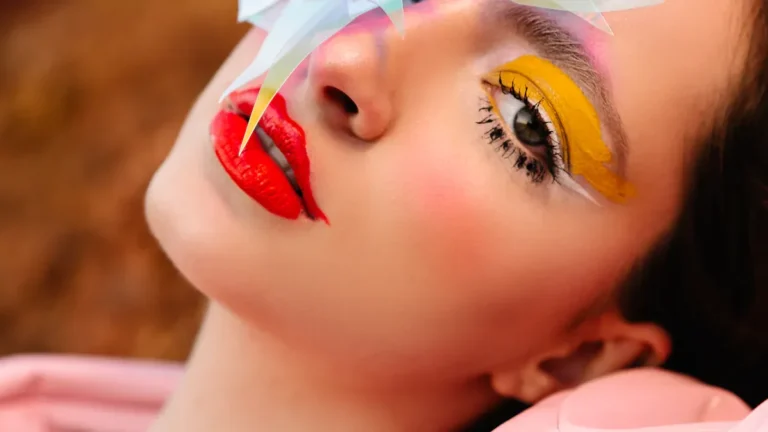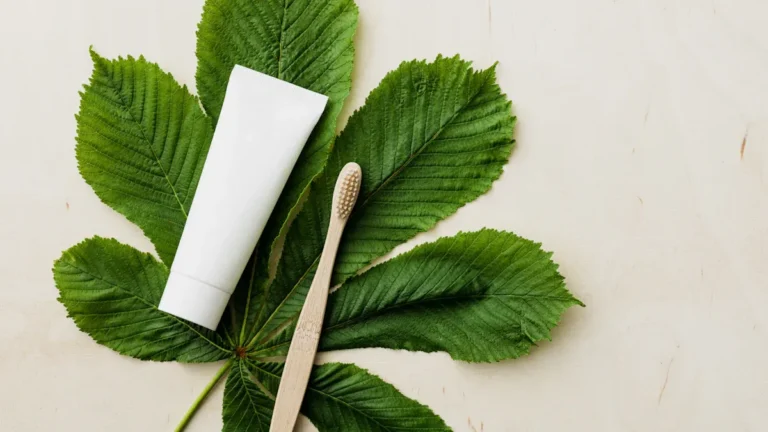Tips for Picking the Perfect Sunscreen Packaging for Your Brand
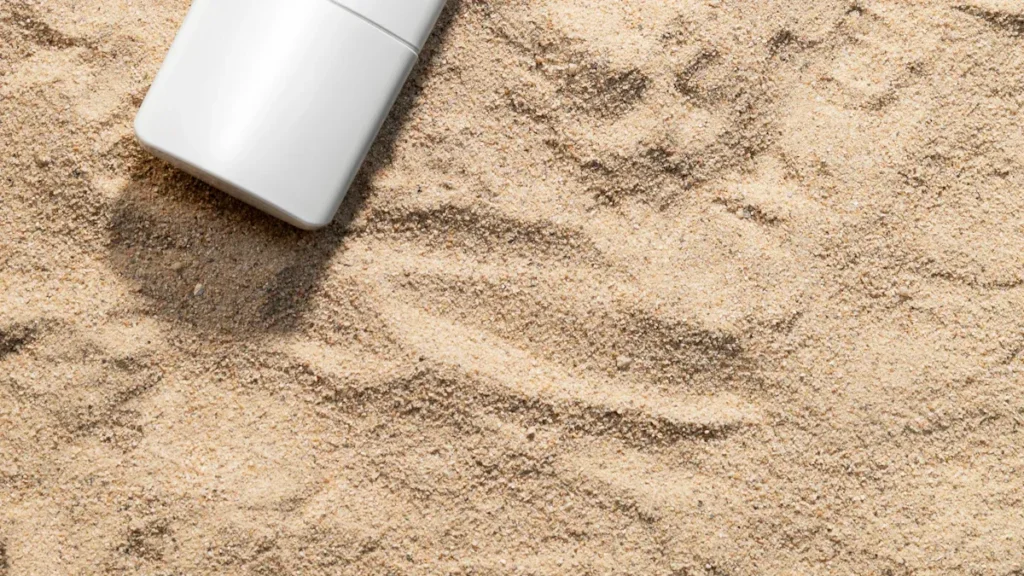
When you pick sunscreen packaging for your brand, you want more than a nice look. You need packaging that is easy to use. It should keep your product safe. It should also match your brand’s style. Studies show eco-friendly packaging helps the planet. It also supports a circular economy. Look at how packaging affects product safety and the environment:
| Aspect | Impact |
|---|---|
| Eco-Friendly Packaging | Lowers harm to the planet and helps reuse resources. |
| Traditional Packaging Issues | Causes problems for nature but can be improved with better materials. |
| Benefits of Sustainable Materials | Using recyclable or biodegradable packaging cuts down on trash. |
You can make your sunscreen special. You can also keep customers happy. You need the right mix of function and style.
Key Takeaways
- Pick packaging that fits your brand’s look. Bright designs help your sunscreen get noticed in stores.
- Use packaging that is easy to use. Squeeze tubes and airless pumps make putting on sunscreen simple and fun.
- Pick materials that keep your product safe. Opaque bottles and UV-resistant packaging help sunscreen work well and stay safe.
- Think about eco-friendly choices. Refillable and biodegradable packaging makes less trash and attracts people who care about the environment.
- Make sure labels are easy to read. Show SPF numbers and how to use it clearly to help customers trust your brand and know what to do.
Sunscreen Packaging Essentials
Brand Identity
Your sunscreen packaging shows who you are before people use it. The look of your packaging should match your brand’s style and what you believe in. Pick colors, shapes, and finishes that help your sunscreen get noticed. Big brands use bright designs and cool styles to catch people’s eyes. Here is how some top brands do it:
| Brand | Design Elements |
|---|---|
| Vacation® | Bright blue and yellow, palm trees, retro fonts, ’80s-inspired looks |
| Naked Sundays | Holographic logos, perfect purple, bold colors |
| Best Choice® | Clear product benefits, award-winning style, stands out |
| Supergoop! | Fun pictures online, animated shots, strong look |
Your packaging should show what your brand cares about. People notice when you pay attention to design. When your packaging fits your brand, people trust you more. It also helps your sunscreen stand out on the shelf.
Tip: Pick colors and shapes that show your brand’s message. A special look makes your sunscreen easy to spot in stores.
User Experience
You want customers to like using your sunscreen every time. Packaging that is easy to use matters a lot. Squeeze tubes, airless pumps, and spray bottles are popular because they are simple and clean. Small travel sizes help people take sunscreen anywhere. You can add things like seals and clear labels to make it even better.
- Squeeze tubes are small and fit in bags.
- Airless pumps keep sunscreen fresh and easy to use.
- Spray bottles give quick and even coverage.
- Travel sizes are great for busy people.
When you focus on user experience, putting on sunscreen is easy and fast. People remember packaging that feels good and works well.
Product Protection
Your sunscreen packaging must keep the product safe from light and air. Sunlight and heat can ruin sunscreen ingredients. This makes sunscreen not work as well. You need packaging that blocks UV rays and keeps air out. Opaque bottles and UV-resistant materials help protect your sunscreen.
Here is what science says about keeping sunscreen safe:
| Evidence Description | Findings |
|---|---|
| UV filter instability | UV filters break down in sunlight, so protection drops. |
| Interaction with packaging | Some packaging soaks up ingredients, making sunscreen weaker. |
| Changes in packaging | Sunlight can change the shape and safety of packaging. |
| Chemical composition changes | Sunlight can make new things in sunscreen that we do not know about. |
You want your sunscreen to work every time someone uses it. Good packaging keeps the formula strong and safe. Using UV-resistant materials and airless bottles meets industry rules.
- Use opaque bottles to keep out sunlight.
- Pick packaging that does not react with sunscreen.
- Add seals to show if the bottle has been opened.
When you protect your product, you keep customers safe and happy. You also show you care about making good quality sunscreen.
Types of Sunscreen Packaging
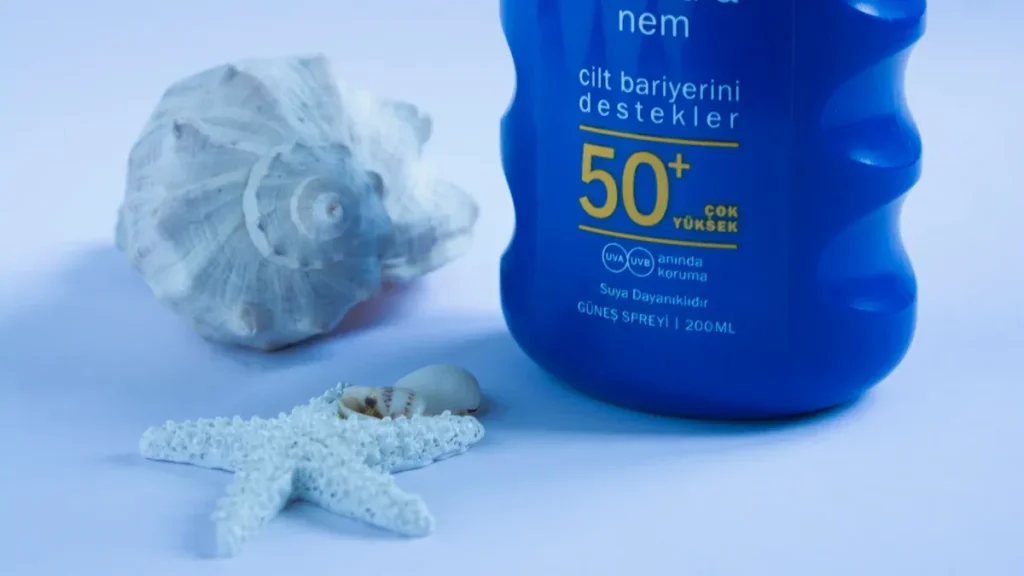
There are many kinds of sunscreen packaging. Each kind has good points. Some keep sunscreen safe. Others help the earth. You should pick packaging that matches your brand. It should also make things easy for your customers.
Here is a quick look at common sunscreen packaging:
| Packaging Type | Characteristics | Environmental Considerations |
|---|---|---|
| Plastic Bottles | Light, strong, and cheap | Single-use plastic can hurt the planet |
| Glass Bottles | Can be recycled, looks fancy, seals well | Heavy and breaks easily, but good for the environment |
| Spray Bottles | Simple to use, fast to apply | May have chemicals that harm air and ozone |
| Tubes | Easy to carry, lets you use the right amount | Hard to recycle, may pollute the earth |
You can pick from these packaging types. Choose what fits your brand best. Now, let’s learn more about three popular choices.
Laminated Tubes
Laminated tubes are great for keeping sunscreen safe. These tubes have many layers. Each layer stops water, air, and sunlight. This keeps sunscreen fresh.
- Laminated tubes block sunlight from hurting sunscreen.
- The layers keep out air and water.
- Your sunscreen stays strong and works every time.
You can feel sure your product works well. Laminated tubes look nice and feel smooth. Customers like packaging that feels good and is easy to use.
Tip: Laminated tubes are best if you want to protect sunscreen from light and air.
Refillable Containers
Refillable containers help you make less trash. You do not throw away bottles each time. You refill and use the same container again. This is better for the planet.
- Refillable tubes cut down on plastic trash.
- You help lower pollution.
- Customers refill their sunscreen instead of buying new bottles.
| Benefit | Refillable Packaging | Traditional Packaging |
|---|---|---|
| Plastic Waste Reduction | Cuts down on trash | Makes lots of waste every year |
| Environmental Impact | Less harm from making and throwing away | Hard to recycle |
| User Convenience | Easy to refill | Must buy new bottles often |
You make things easier for your customers. They keep using their sunscreen without stopping. Refillable containers show you care about the earth and your customers.
Note: Refillable packaging is a good way to show your brand cares about the planet.
Biodegradable Tubes
Biodegradable tubes are great for eco-friendly brands. These tubes break down after you use them. This helps keep trash out of dumps. Customers like biodegradable packaging because it helps the earth.
- Biodegradable tubes use plant or compostable materials.
- They break down faster than normal plastic.
- You show your brand cares about nature and the future.
When you choose biodegradable tubes, you send a clear message. You want to help the earth and give safe sunscreen. This packaging is good for brands that care about the planet.
Callout: Biodegradable packaging is smart if you want your brand to be known as eco-friendly.
There are many sunscreen packaging types. Each one has something special. Think about what matters most to your brand and customers. The right packaging helps your sunscreen stand out.
Sustainable Packaging Choices
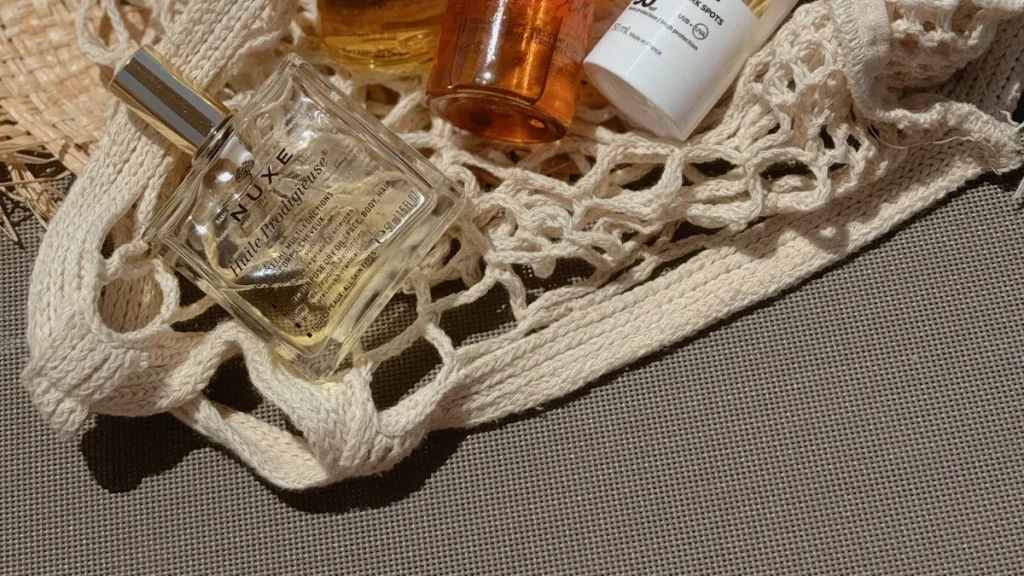
Recyclable Materials
You want your sunscreen packaging to help the earth. Recyclable materials make this simple. If you pick bottles or tubes made from recyclable plastic or glass, customers can reuse or recycle them. This choice cuts down on waste and keeps trash out of dumps. You can add labels that show people how to recycle. Many brands use easy recycling symbols or short instructions. Customers feel happy when they know they are helping the planet.
Tip: Put a recycling symbol or a short note on your packaging. This lets customers know what to do when they finish the product.
Compostable Options
Compostable packaging is smart if you want to help the earth. These materials break down on their own and do not stay around for years. Unlike regular plastic or styrofoam, compostable tubes and bottles go away over time. You help stop pollution and keep dumps from getting too full. Biodegradable packaging keeps your sunscreen safe just like normal packaging.
- Compostable packaging breaks down fast.
- Regular plastic stays in nature for a long time.
- Biodegradable tubes protect your product and the earth.
Customers notice when you use compostable packaging. They want products that fit their values. You show you care about the future.
Eco-Friendly Design
Eco-friendly design means you use less stuff but keep sunscreen safe. You can pick containers that block air and water, so sunscreen stays fresh. Strong packaging does not break or bend. You can choose colors and styles that match your brand. Many people want packaging that helps the earth and looks nice.
| Feature | Description |
|---|---|
| Strong barrier | Keeps sunscreen fresh and safe |
| Durable container | Does not break or bend |
| Recyclable materials | Supports eco-friendly packaging |
| Custom colors | Matches your brand style |
| Less material used | Lowers carbon footprint |
| Green packaging demand | Customers want products that help the earth |
You can tell customers about your eco-friendly packaging in fun ways. Some brands use QR codes to share facts or stories. You can use bright designs or messages that make people feel good. Studies show most people will pay more for products with eco-friendly packaging. When you share your story, you build trust and help your brand stand out.
Design and Labeling
Clear SPF Display
When you pick up sunscreen, you should see the SPF number right away. You need to know how much protection you get from the sun. Brands must follow rules so you can see directions, SPF numbers, and warnings. The label should also tell you how to use the sunscreen and when to put it on again. Here is what you should find on the label:
| Requirement Type | Description |
|---|---|
| Labeling Requirements | Directions, SPF numbers, and warnings must be easy to see. |
| SPF Testing and Claims | SPF must be tested in labs; there are rules for what brands can say. |
| Usage Directions | The label tells you how to use it, how often to reapply, and if it works in water. |
| Warning Labels | Warnings about skin problems and other risks must be clear. |
| Broad-Spectrum Labeling | The label must show if it protects against UVA and UVB rays. |
You want to trust what you read on the bottle. When brands show the SPF clearly, you feel safe and sure about your choice.
Ingredient Transparency
You want to know what you put on your skin. Ingredient transparency helps you make good choices. Brands try to show you what is in their sunscreen. Here is how they do it:
- They use good ingredients and try to get them from close by.
- They check ingredients with science to make sure they are safe for people and the earth.
- They use rules from groups like the European Union.
- They look at other trusted lists, like EWG’s ingredient search.
- They stay away from bad ingredients and try to buy from good places.
Tip: If you see all the ingredients listed, you know the brand cares about your health and the planet.
Minimalist vs. Bold Styles
You notice the look of the packaging first. Some brands use simple designs. Others use bright and bold styles. Each style has good and bad points. Look at this table:
| Advantages of Minimalist Packaging | Disadvantages of Minimalist Packaging |
|---|---|
| Looks fancy and high-end | Might look boring and not stand out |
| Good for people who care about the earth | Might not catch your eye in a busy store |
| Uses less stuff, so better for the planet | Can look too plain or cheap |
Simple packaging makes it easy to find important info fast. Clean designs help you see what matters most. Bright and bold styles grab your attention and make the product easy to spot. You only have a moment to decide if you want to pick up a product. New packaging uses simple shapes and colors so you do not feel confused.
- 72% of Americans say packaging design helps them decide what to buy.
- 67% care about what the packaging is made from.
Callout: Good-looking packaging makes people trust your brand and helps your sunscreen stand out.
Practical Considerations
Material Compatibility
You want your sunscreen to stay safe in its package. Some packaging can change how sunscreen works. Pick packaging that does not mess with the formula. Chemically inert materials are the best choice. These keep sunscreen fresh and stable.
Here are some good materials to use:
| Material | Benefits |
|---|---|
| Lignin nanoparticles | Absorbs UV light, boosts SPF, keeps sunscreen stable, eco-friendly |
| Biodegradable nanocarriers | Reduces buildup, helps release active ingredients slowly |
| Silica nanoparticles | Holds ingredients, spreads well, lowers risk of skin problems, improves sun protection |
These materials help protect your sunscreen. They also show your brand cares about the planet.
Tip: Test your packaging with your sunscreen before selling it.
Travel-Friendly Formats
People like sunscreen they can take anywhere. You should offer small bottles, tubes, and sticks. These fit in bags and pass airport checks. Here are some popular travel choices:
| Product Name | Size | Key Benefits | Ideal For |
|---|---|---|---|
| Aloe Up Travel Size Sunscreen Lotion SPF 30 | 1oz | Broad-spectrum, aloe-based, non-greasy | City trips, road trips |
| Aloe Up Sport Sunscreen SPF 50 | 3oz | Easy to use, sweat-proof, compact | Beach, hiking |
| Aloe Up For the Face Daily Facial Moisturizer (SPF 25) | N/A | Hypoallergenic, antioxidants, fragrance-free | Family trips, outdoor play |
| Aloe Up Lip Balm with SPF 15 | N/A | Moisturizing, portable, TSA-friendly | Quick use, daily carry |
Travel sizes help people protect their skin anywhere. Families and travelers like sunscreen that is easy to carry.
Cost Factors
You want to balance quality and price. Costs can go up quickly. You pay for ads, shipping, and safety rules. You also spend on labels, testing, and design. Different packaging types change your budget:
| Packaging Type | Cost Impact | Consumer Preference |
|---|---|---|
| Plastic | Low-cost, durable | Less eco-friendly |
| Eco-friendly materials | Higher cost | More valued by customers |
Here are ways to keep costs low:
- Find out what customers want to pay.
- Pick materials that are good and affordable.
- Work with suppliers who can grow with you.
- Try new ideas, but keep things simple.
Note: Testing and certification cost money, so plan for them.
Thinking about these things helps you pick packaging that fits your budget and brand.
Decision Checklist
Testing and Feedback
Before you launch your sunscreen, you need to make sure your packaging works well. Start by testing your sunscreen in different labs. This helps you know your SPF is correct and your product is safe. Many top brands use two labs for SPF testing. You can also try in vitro tests and small panel tests before the big ones. These steps help you catch problems early.
| Test Type | What It Does |
|---|---|
| SPF Testing | Checks if your sunscreen protects as promised. |
| In Vitro Testing | Tests sunscreen in a lab, not on people, to see how it works. |
| Panel Testing | Uses groups of people to see if the sunscreen works and feels good. |
| Transparency | Shows customers how you test and why you choose certain packaging. |
Tip: Ask real people to try your sunscreen and packaging. Their feedback helps you fix problems before launch.
Supplier Selection
Picking the right supplier makes your job easier. You want someone who delivers on time and keeps quality high. Look for suppliers with a good reputation and experience. Make sure they follow rules and have the right certifications. They should also let you customize your packaging and formulas.
| Criteria | Why It Matters |
|---|---|
| Quality Control and Testing | Keeps your sunscreen safe and effective. |
| Packaging and Labeling | Protects your product and meets legal rules. |
| Lead Times and Delivery | Helps you get your product to stores on time. |
| Cost Structure and Pricing | Makes it easy to plan your budget. |
- Check if the supplier can handle your order size.
- Ask about their testing methods.
- Make sure they can use your chosen packaging materials.
Launch Preparation
You are almost ready to launch! Now, check your packaging one more time. Make sure the fonts are easy to read. Important info like SPF, broad-spectrum claims, expiry date, and how to use the sunscreen should stand out. Use packaging materials that keep air and sunlight out. Opaque or UV-resistant bottles work best for keeping your sunscreen fresh.
- Double-check all labels for mistakes.
- Use pumps, tubes, or airless dispensers to protect the formula.
- Pick packaging that matches your brand and keeps sunscreen safe.
Note: A final review helps you catch small errors and gives you confidence for launch day.
You want your sunscreen packaging to work for your brand and your customers. Focus on keeping your product safe, using eco-friendly materials, and making your packaging look great. Here’s a quick checklist to help you choose:
- Match packaging to your sunscreen type.
- Think about what your target market likes.
- Pick designs that stand out in stores and online.
- Weigh the pros and cons of plastic, glass, or metal.
- Choose sustainable options to boost your brand image.
- Look for new packaging ideas.
- Make sure you follow all rules and watch your costs.
- Use packaging to show off your brand’s style.
Ready to make your sunscreen shine? Start with packaging that protects, impresses, and connects with your customers!
FAQ
What is the best material for sunscreen packaging?
You want packaging that keeps sunscreen safe from light and air. Laminated tubes and opaque bottles work well. If you care about the planet, try recyclable or biodegradable materials. Always test your formula with the packaging you choose.
How do I make my sunscreen packaging eco-friendly?
Pick recyclable, refillable, or compostable containers. Use less plastic and add recycling instructions. Show your customers you care about the earth. 🌱
Can I use glass bottles for sunscreen?
Yes, you can use glass bottles. They look fancy and protect the formula. Glass is heavy and can break, so it works best for home use, not travel.
How do I make my packaging stand out on the shelf?
Use bold colors, unique shapes, or fun designs. Make sure your SPF number is easy to see. A clear brand message helps people remember your sunscreen.


